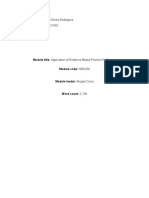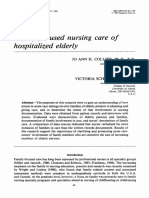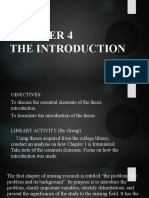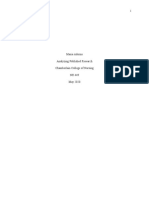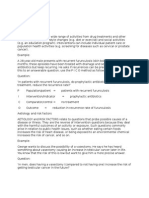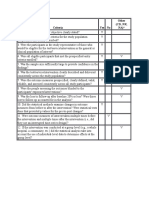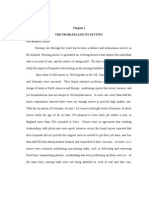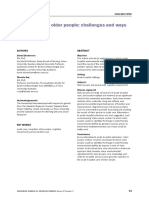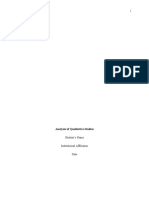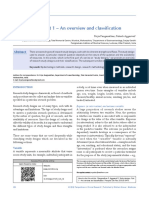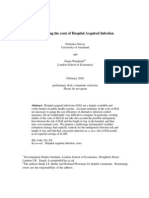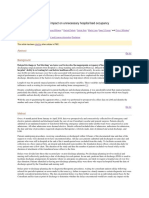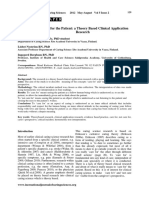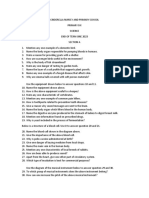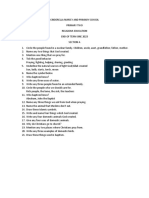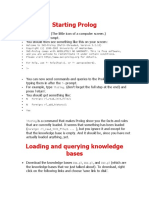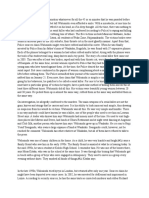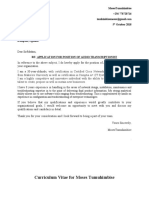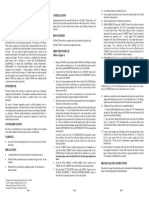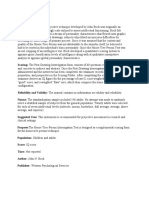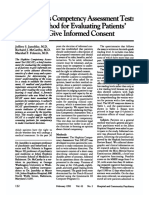0% found this document useful (0 votes)
1 views6 pagesNhs
The report discusses the high rates of patient readmission in NHS Scotland, with nearly 20% of discharged patients being readmitted within 30 days. It highlights the importance of compassionate care and the need for strategies to reduce avoidable readmissions, emphasizing the role of nurses in providing patient-centered care. The findings suggest that improving care quality can benefit patients, families, and healthcare providers alike.
Uploaded by
Tumuhimbise MosesCopyright
© © All Rights Reserved
We take content rights seriously. If you suspect this is your content, claim it here.
Available Formats
Download as DOCX, PDF, TXT or read online on Scribd
0% found this document useful (0 votes)
1 views6 pagesNhs
The report discusses the high rates of patient readmission in NHS Scotland, with nearly 20% of discharged patients being readmitted within 30 days. It highlights the importance of compassionate care and the need for strategies to reduce avoidable readmissions, emphasizing the role of nurses in providing patient-centered care. The findings suggest that improving care quality can benefit patients, families, and healthcare providers alike.
Uploaded by
Tumuhimbise MosesCopyright
© © All Rights Reserved
We take content rights seriously. If you suspect this is your content, claim it here.
Available Formats
Download as DOCX, PDF, TXT or read online on Scribd
/ 6

